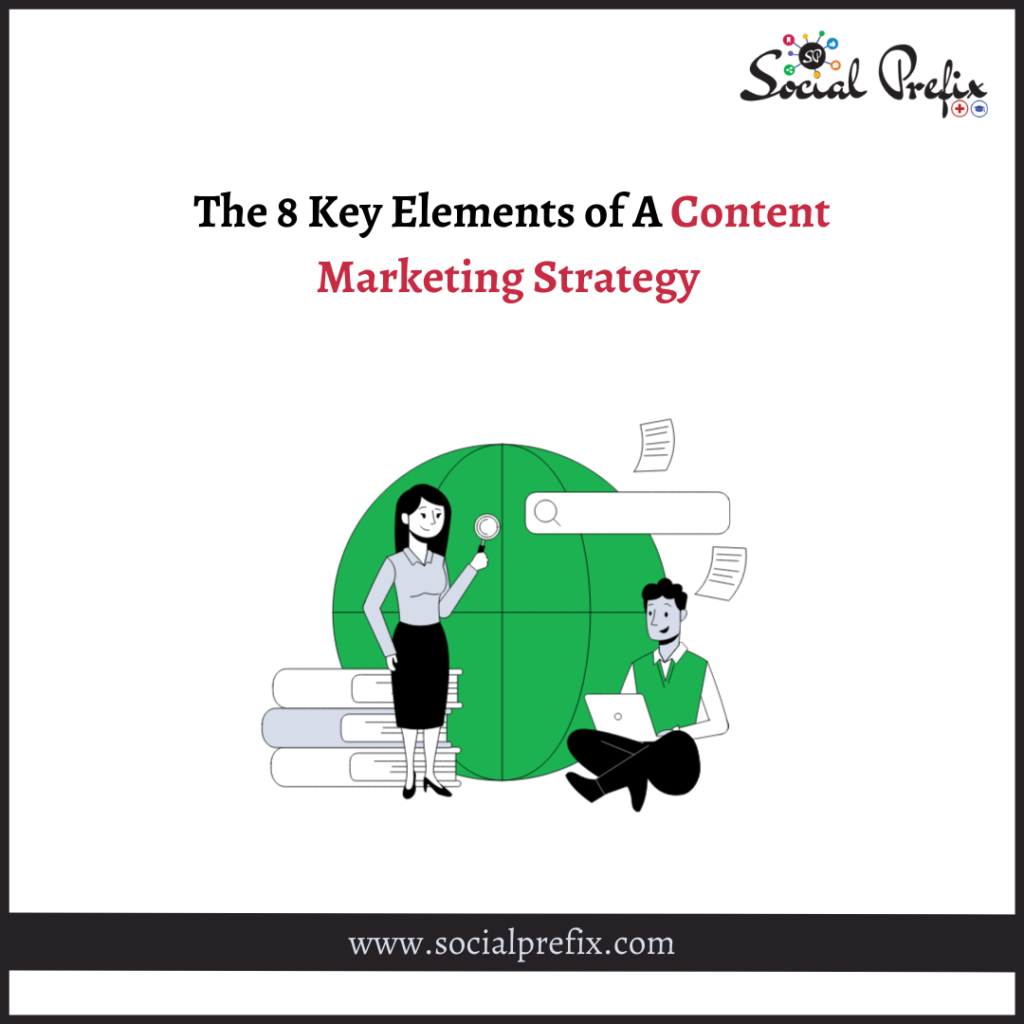Content marketing is a buzzword that comes up a lot in B2B organizations, but what is content marketing?
We’re glad you asked the question! Content marketing is a technique that uses different tools to address business challenges and help buyers make a purchasing decision. It allows businesses to connect, interact and close with customers by addressing their business challenges and needs. The overall goal of content marketing is to create a strategy to reach and convert your target customers.
What is a content marketing strategy?
A content marketing strategy is your “why who and how”. Why you create content, who you reach, and how you will uniquely help them. Businesses typically use content marketing to build an audience and achieve at least one of the following results: higher quality leads, faster conversions, or increased revenue.
You’ve probably heard the phrase “content is king” and with the proper insight, it can also be a central tool that helps you grab your audience’s attention. We’ve identified 10 key elements that will help you build your organization’s content marketing strategy or take it to the next level. Check them out below!
1. Brand guidelines
The foundation of your strategy comes from your brand identity, which should include clear indications of personality, voice, and tone. Communicating your brand identity perfectly through your content is essential if you want content marketing to work. Developing and implementing your charter will help you create a consistent voice and tone across the various tools and channels your organization uses.
If you need inspiration, here are sample guidelines from Mailchimp, Nike Football, Intel, and Cisco.
2. Marketing objectives
Your organization’s marketing strategy helps your team focus on its overall goals and objectives. To achieve your content marketing goals, it helps to align them with audience needs and optimize your content creation process. This will make it easier to achieve your goals and to be successful, they must be:
- Specific: indicate exactly what you want to achieve.
- Measurable: Determine the indicators of success.
- Achievable: aim for ambitious but realistic results.
- Relevant: Make sure the goals contribute to your marketing strategy.
- Time-bound: specify the period during which you will work towards the achievement of the goal.
3. The customer profile(s)
Understanding your audience helps align your content strategy with the addressable needs of your market. A customer profile is a fictional persona that is developed based on different attributes for a function or segment. This can be specific data such as:
- Function and responsibilities
- Challenges and pain points
- Influence on purchase decision
- Goals and objectives
- Solution needs
Above all, strive to uncover unique characteristics of your target customer that the rest of the industry overlooks or underestimates. Often this will serve as a creative catalyst for a successful content strategy or marketing campaign.
4. Data and market research
Data and studies help your organization understand the current state of the market as well as its evolution. The content your organization shares with its audience generates data and insights that can help your team refine its content strategy.
Market research provides insight into what other brands have done to develop their strategy. Getting to know the market also means getting to know your competitors. If you know what content your competitors are sharing with their customers and prospects, you can use it to your advantage. Tools like social listening can help your business understand how prospects and buyers are talking about your product and industry on the internet. This valuable information can help your business improve its content and get a head start.
5. The customer journey map
Once you’ve defined who your customer is, a customer journey map outlines your target profile’s needs and how you can address them at each stage of the buying process. An effective map is a visual representation of the customer journey based on the state of the buyer at each stage of their decision process. By understanding a buyer’s mindset and position, you can create content that best helps them consider your product or service.
Customer journeys are not linear, but there are many ways for your organization to be agile and adapt to change. Savvy marketers use a variety of methods to represent the journey, from post-it notes on a boardroom wall to Excel spreadsheets to infographics. The most important thing is that the map has meaning for those who use it.
It helps if the journey map is tailored to the specific profile of your customers (and how you reach and interact with them), but a few design guidelines and best practices apply. Here is what is typically included in a customer journey map:
- The buying process
- User actions
- The emotions
- Sensitive points
- The solutions
8. The internal communication plan
An internal communications strategy can be a good idea, but without a detailed plan to execute that strategy, there can be a breakdown in your process. Your content team may involve a variety of people — your communications manager, customer marketing, product marketing, and general marketing management — to make sure they’re aligned with your strategy. This is especially useful if your content team operates as a “service provider” to other parts of the organization.

